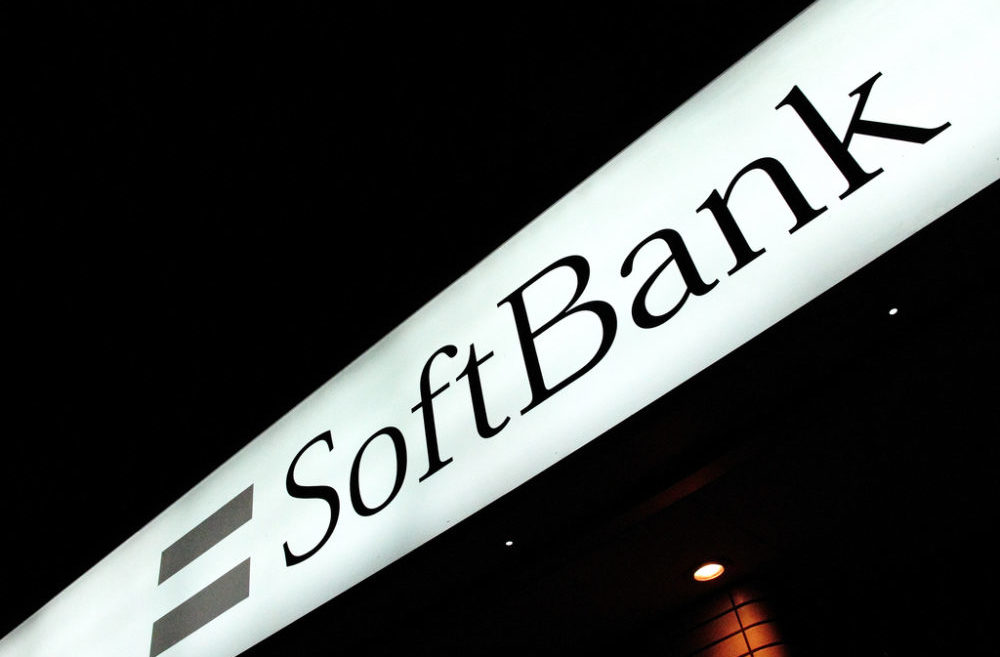South Korean hardware giant, LG is planning to ditch LED screens in favor of OLED displays in the coming months. Citing industry sources, a fresh report details that the company will ramp up the production of its smartphone-focused OLED panels in July to bake them into its upcoming flagship device — LG V30.
LG has long been employing OLED panels to build its television sets but is now looking to bring the same technology to a smaller mobile device. The report mentions that LG will be turning to its sister company — LG Display — for the production of its OLED screens. LG V30, much like its predecessor, will be feature-intensive and focus on offering a premium experience to users.
Thus, the company’s decision to make the switch to OLED could be justified simply by saying that the Korean giant has aggressive plans to take the fight back to Samsung — who already used the said display technology for 70% of its smartphones.
The Korean giant is following the lead of its widely popular counterpart but industry sources seem to suggest that LG is going to require more time to reach similar yield rates as Samsung. Then, it will not only be able to fulfill its own requirements but help out other hardware makers to come at par with the trend. Speaking on the condition of anonymity, one of the sources said:
Most OLED screens produced at LG Display’s Gumi E5 plant in the second half will be used for its sister firm LG Electronics’ smartphones starting with the V30.
Some of the OLED production will be supplied to Chinese phone makers who are hoping to catch up with front-runners such as Samsung and Apple.
LG is, however, not the only smartphone company planning to make a switch to OLED screens for its next flagship smartphone and the one following that. Industry sources seem to believe that LG G7, if that becomes the official name for the device, will also carry the same OLED panels — in the early 2018 launch window.
Several reports have also suggested that Cupertino is planning to include OLED panels into its upcoming 10th Anniversary flagship device, iPhone 8. This will not only provide them a dynamic color range, darker blacks but also enable Apple to integrate True Tone capabilities into the display.
In addition, Samsung Display currently holds a firm grip over the OLED display market with a substantial 95 percent share. It is also the sole supplier of the said OLED display panels for Apple, who’s also expected to source them from LG Display in the near future. It is currently trying to increase production capacity to not only meet its own demands but also the strict requirements out forth by Apple. It is expected to service the Cupertino giant from early 2019, about a year’s delay from the usual schedule.
The Tech Portal is published by Blue Box Media Private Limited. Our investors have no influence over our reporting. Read our full Ownership and Funding Disclosure →






